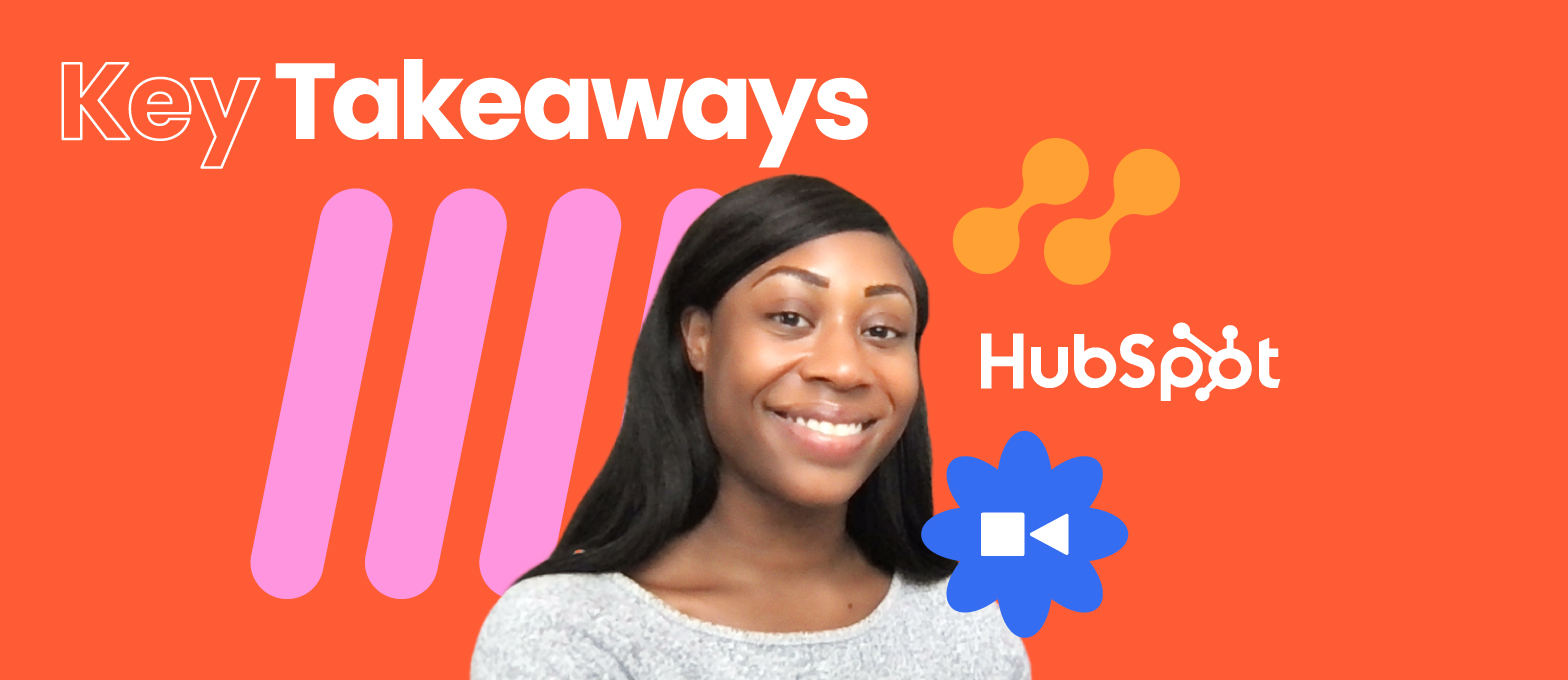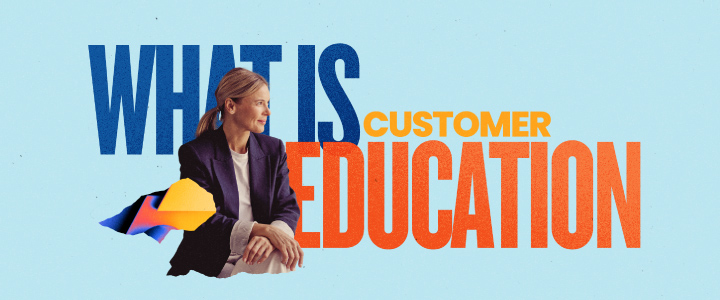
4 min reading time
How to Build a Customer Academy, Featuring HubSpot (Key Takeaways)
Customer education is essential for businesses that want to improve engagement and retention. A well-structured customer academy not only helps with onboarding and product training but also turns customers into loyal brand advocates. In our recent webinar, experts Constance James, Manager for Customer Education and Katya Buratovich, Senior Manager of Implementation at LearnUpon, shared some great insights on how to build an effective customer academy.
Their discussion was loaded with practical tips and strategies that will benefit any organization. Here are the key takeaways and highlights from their wonderful conversation.
The Grassroots of HubSpot Academy
At the heart of HubSpot Academy’s success is its humble beginning. Constance shared that HubSpot Academy started by identifying a crucial problem: customers were excited about purchasing their tools but struggled with adoption and activation. To tackle this, HubSpot initiated live webinar trainings aimed at guiding new customers through the first steps of using their tools.
These initial webinars were pivotal. They provided immediate, hands-on support, addressing customer questions in real-time and ensuring they could effectively start using the product. This hands-on approach validated the impact of customer education on business objectives, showing that well-structured training could boost tool adoption and customer satisfaction.
Seeing the success of these webinars, HubSpot Academy then explored ways to scale their efforts. They transitioned to on-demand lessons and courses, which allowed them to reach a broader audience without the constraints of live sessions. By starting small with live webinars and then expanding to scalable, on-demand content, HubSpot Academy built a robust foundation for its ongoing success in customer education.
Identifying the Right Content for the Right People
Creating effective customer education content starts with understanding your audience. Katya and Constance emphasized that knowing who your customers are and what they need at different stages of their journey is crucial. They suggested identifying internal champions within your organization—those who are passionate about the product and understand customer needs. These champions can play a key role in generating valuable content.
Constance shared that HubSpot Academy tapped into various departments within their organization, including marketing, sales, and product teams, to find these champions. These people had deep knowledge of the tools and customer pain points, making them ideal contributors to the academy’s content.
There was also discussion about how filtering and prioritizing content based on customer feedback and business objectives is essential. Katya explained that at LearnUpon, we actively collect feedback from learners to understand what content is most useful and where gaps exist. This feedback loop helps in tailoring the educational materials to be more relevant and impactful.
By aligning content creation with customer needs and leaning on internal expertise, you can ensure that your customer education program delivers maximum value.
Best Practices for Gathering Learner Feedback
You can’t provide effective customer education without listening to what your customers are saying. Gathering and analyzing feedback is the best way to refine and improve your educational content. Constance highlighted the importance of both qualitative and quantitative feedback. Regularly collecting feedback through surveys and direct customer interactions will provide deep insights into the effectiveness of what you’re offering.
Constance mentioned that at HubSpot Academy, they ask for feedback on every piece of content, from lessons to certifications. This constant feedback loop allows them to make continual updates and improvements. Involving customers early in the development process enables quick pivots and adjustments, too, ensuring that the final product clearly meets their needs.
This proactive approach not only lifts the quality of the educational materials, but also builds stronger relationships with your customers as they feel heard and valued.
How to Measure the Impact of Customer Education
Measuring the return on investment (ROI) and other success metrics is vital for any customer education program. HubSpot Academy focuses on key metrics such as activation rates, retention, and Net Promoter Score (NPS). Constance explained that setting up a robust reporting infrastructure is essential for tracking these metrics.
At HubSpot Academy, they compare cohorts of customers who engaged with educational content against those who did not. This comparison helps them draw correlations between customer education and positive business outcomes. Constance shared that this data-driven approach has been crucial in continuously improving their educational offerings.
By understanding which educational efforts are most effective, HubSpot can make informed decisions that directly impact customer satisfaction and loyalty. This method not only proves the value of their customer education program, but also ensures that they’re meeting their customers’ needs effectively.
Future Trends in Customer Education
The landscape of customer education is changing, with trends like microlearning gaining traction. Microlearning involves creating small, actionable pieces of content that learners can quickly consume and apply. This approach caters to the modern learner’s need for quick and efficient knowledge acquisition.
Constance noted that microlearning is becoming more popular because it fits into busy schedules and provides immediate answers. At HubSpot Academy, they’re also focusing on building communities around their educational content. By offering recognition through badging and certification, they can better engage their customers in learning while also fostering a sense of accomplishment and loyalty.
Building a customer academy takes careful planning, the right tools, and insights from experienced professionals. Constance and Katya shared some amazing advice throughout the webinar, and if you’re looking to build out your customer education efforts the listen will help you map out a clear path. By starting small, truly understanding your audience, gathering feedback, and measuring your impact, you’ll create a customer education program that not only engages but also builds loyalty.




